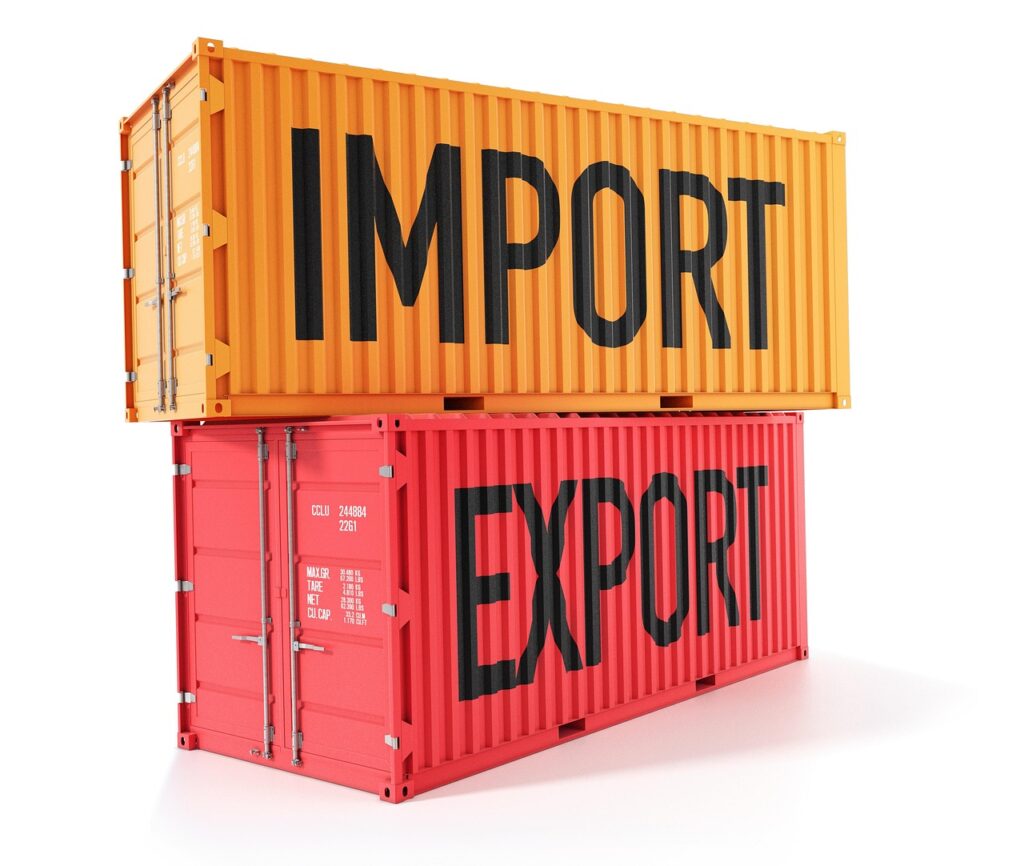Global Avionics Round-Up from Aircraft Value News (AVN)

President Donald Trump has once again floated the threat of aggressive tariffs, this time targeting industries critical to U.S. manufacturing, including aerospace. Predominant countries in the crosshairs: Canada, Mexico and China.
The stakes are high. The top three purchasers of U.S. goods exports in 2022 were (in order of amount) Canada ($356.5 billion), Mexico ($324.3 billion), and China ($150.4 billion).
While the intent behind tariffs is to protect domestic industries, historically they’ve always resulted in higher costs for companies and consumers and have negatively affected overall economies. Most economists consider the tariffs imposed during Trump’s first term to have been a failure that roiled international relations and made goods more expensive.
While protectionist policies might appeal to Trump’s political base, they pose a significant risk to the avionics sector, particularly in development, demand, and procurement.
Richard Aboulafia, managing director at AeroDynamic Advisory, made the following comments in a recent interview with Aircraft Value News:
“A trade war would hurt the U.S. aerospace industry in at least three ways: higher production costs, erosion of customer buying power at the traveler and producer level, and any impact to export sales when the inevitable retaliatory tariffs kick in. Tariffs might work for an emerging market country with a limited industrial base, but for a developed country with a very larger aerospace trade surplus, they’re potentially very damaging, and at least painful.”
Aboulafia’s observations reflect the consensus of economists who follow the global aviation industry. The prospect of a full-fledged trade war has aviation executives on edge.
Slowing the Tech Race
Avionics is an industry heavily reliant on international collaboration. From microprocessors to advanced radar systems, much of the critical technology is sourced globally.
Tariffs on key components—especially from China and the European Union—would drive up costs and slow research and development efforts. Avionics companies that are deeply embedded in the global supply chain would face delays and price hikes, ultimately stifling innovation.
International players such as Airbus could retaliate by imposing tariffs on U.S. avionics components, making it more expensive for American firms to sell their technology abroad. This could cede ground to European and Asian manufacturers, leaving the U.S. at a disadvantage.
Rising Costs and Shrinking Orders
Higher production costs will inevitably translate into more expensive avionics systems, raising the price tags on commercial and military aircraft alike. Airlines, already dealing with high operational costs and narrow profit margins, might delay upgrades or opt for alternative suppliers that can offer lower costs without the burden of tariffs.
Boeing, a key U.S. aerospace player already struggling with supply chain woes and regulatory scrutiny, could find itself in an even tighter bind. If tariffs disrupt access to avionics components, delays in aircraft delivery will follow—giving Airbus an upper hand.
Pentagon and Airline Woes
For military aviation, Trump’s tariffs could make defense procurement more expensive. The Pentagon relies on avionics advancements to maintain technological superiority, and increased costs could lead to budget overruns or program cuts. Foreign competitors in avionics may gain ground as the U.S. struggles with higher production expenses.
Ultimately, Trump’s tariff threats, if realized, could slow avionics innovation, make procurement more expensive, and weaken the competitiveness of American aerospace.
This article also appears in our partner publication Aircraft Value News.
John Persinos is the editor-in-chief of Aircraft Value News.